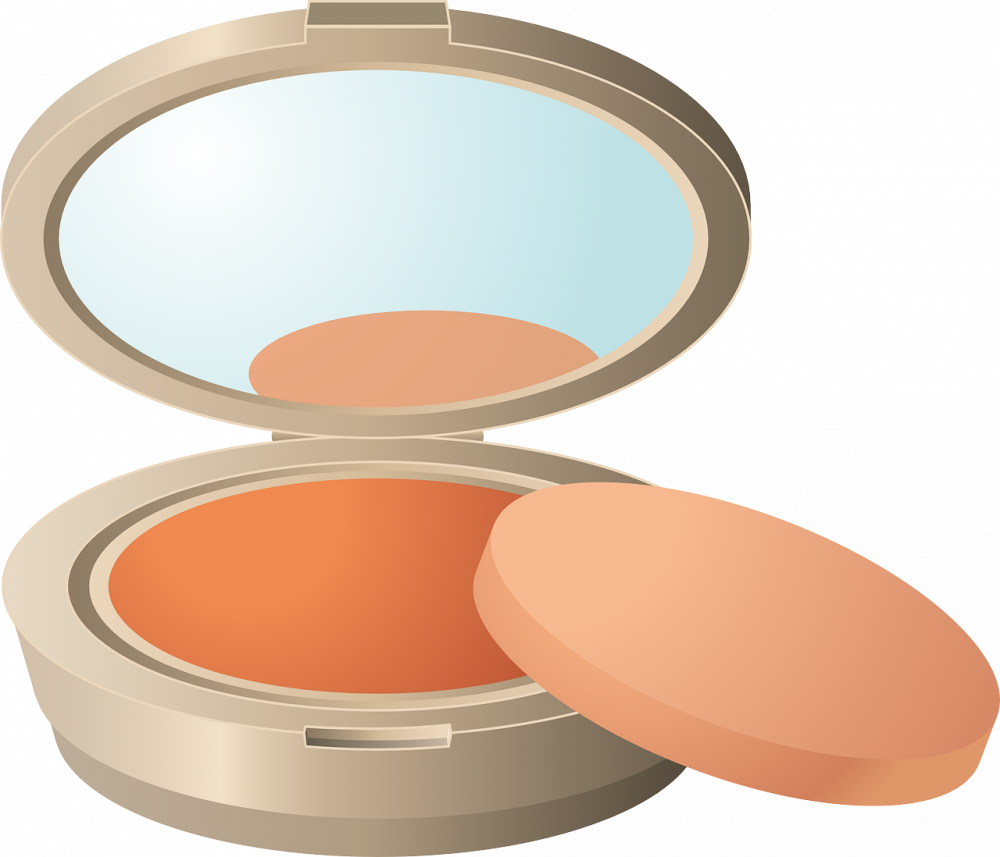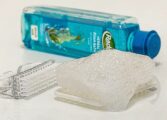Serum En Guide till Ett Mångsidigt Matämne

Introduction:
Serum is a versatile and often underrated component of many culinary creations. Derived from milk, serum offers a wide range of possibilities in both savory and sweet dishes. In this comprehensive article, we will delve into the various types of serum, the popular ones, and the quantitative measurements associated with them. Furthermore, we will discuss the differences between different types of serum, exploring their historical significance and advantages and disadvantages. So, sit back, relax, and embark on a journey through the world of serum.
A Thorough Overview of Serum

Serum, also known as whey, is the liquid remaining after milk has been curdled and strained in the cheese-making process. It contains water, lactose, minerals, vitamins, and some proteins. The specific composition may vary depending on the type of serum.
Extensive Presentation of Serum Types
1. Sweet Serum: This type of serum is derived from fresh milk and is typically produced during the cheese-making process. It has a mild, slightly sweet taste and is often used in baking, smoothies, and protein drinks.
2. Acid Serum: Also known as acid whey, this type of serum results from the production of acid-curdled cheeses like cottage cheese or ricotta. Acid serum has a tart flavor and is commonly used in marinades, dressings, and fermentation processes.
3. Cheese Serum: This serum is obtained during the production of hard or semi-hard cheeses. It has a complex flavor profile, ranging from mildly sweet to slightly tangy, depending on the cheese. Cheese serum is a versatile ingredient and can be used in sauces, soups, and even cocktails.
4. Greek Yogurt Serum: Greek yogurt is made by straining regular yogurt, creating a thick and creamy product. The liquid that drains out is known as Greek yogurt serum or whey. It has a creamy texture and can be used in various recipes, including smoothies, bread-making, and desserts.
Quantitative Measurements of Serum
When dealing with serum, there are several important quantitative measurements to consider:
1. Protein Content: Serum often contains a substantial amount of protein. Depending on the type and processing method, the protein content can range from 0.5% to 1.5%. This makes serum a valuable ingredient for those seeking a protein-rich diet.
2. Lactose Content: Lactose is the sugar found in milk, and its content in serum varies. Sweet serum contains a higher lactose content compared to acid or cheese serum. Therefore, individuals with lactose intolerance should consider this factor when using serum in their cooking.
Differentiating Types of Serum
Although all types of serum share a common origin, they differ in taste, texture, and potential applications:
1. Flavor: Sweet serum has a subtle, slightly sweet taste, whereas acid serum has a tangy flavor. Cheese serum offers a complex taste profile, reflecting the character of the cheese it is derived from.
2. Texture: The texture of serum can vary depending on the type. Sweet serum is more watery, while acid serum has a thinner consistency due to its higher acidity. Cheese serum is slightly thicker and may even have some residual cheese curds.
Historical Overview of Serum Advantages and Disadvantages
1. Advantages: Throughout history, serum has played a vital role in culinary creations. In ancient times, serum was esteemed for its nutritional properties and was even considered a health-promoting elixir. Today, it continues to be valued for its protein content and versatility in cooking.
2. Disadvantages: While there are many advantages to using serum, it also poses challenges. The disposal of excess serum has historically been an issue, as it can be environmentally detrimental. However, innovative solutions are now emerging, such as utilizing serum as a biofuel or incorporating it into livestock feed.
[INSERT VIDEO HERE]
Conclusion:
Serum, a byproduct of cheese-making, is far more than a mere liquid. Its various types, flavors, and potential applications make it a valuable ingredient in the culinary world. From sweet serum in desserts to acid serum in savory dishes, there is no limit to the creativity and potential that serum offers. So, the next time you find yourself with some serum in your kitchen, embrace its versatility and elevate your culinary repertoire.
















































